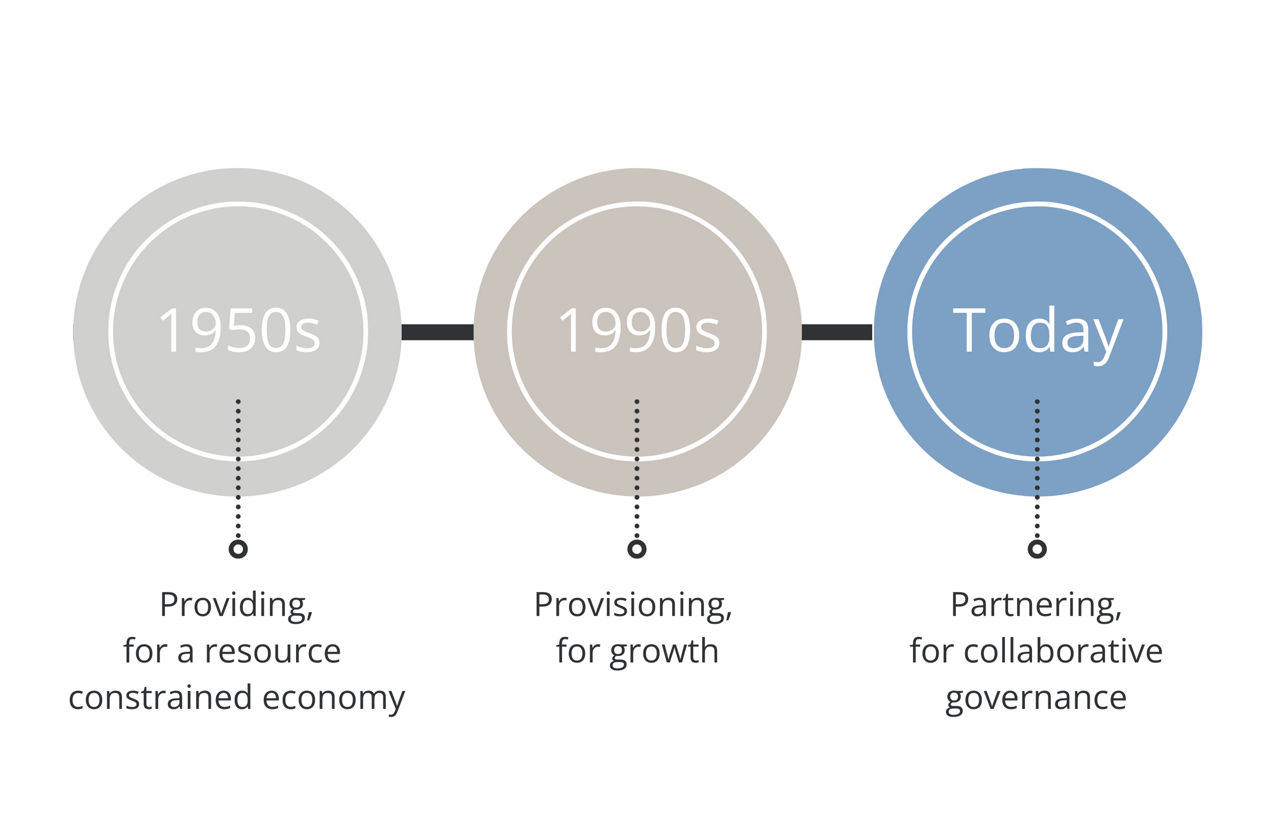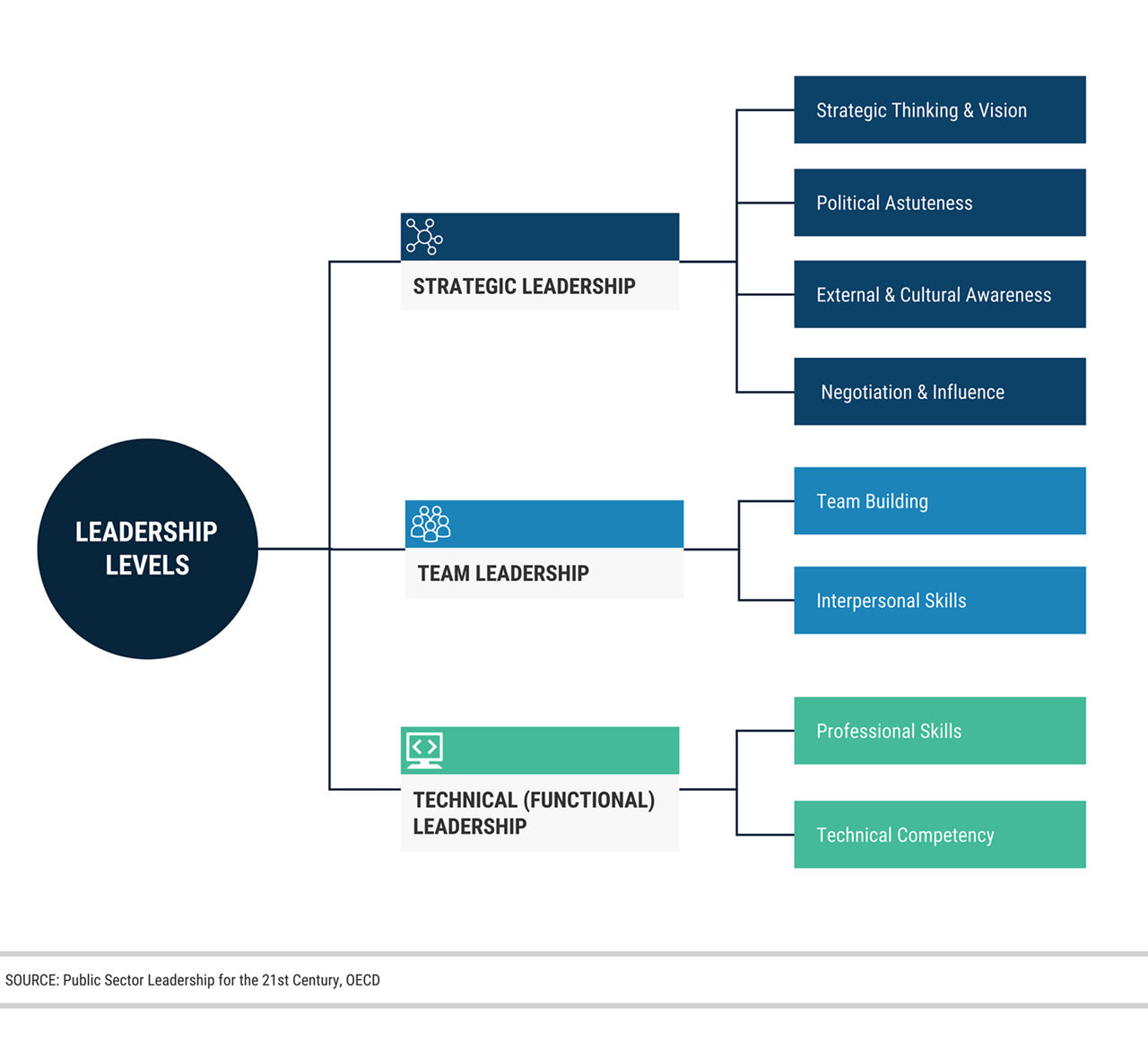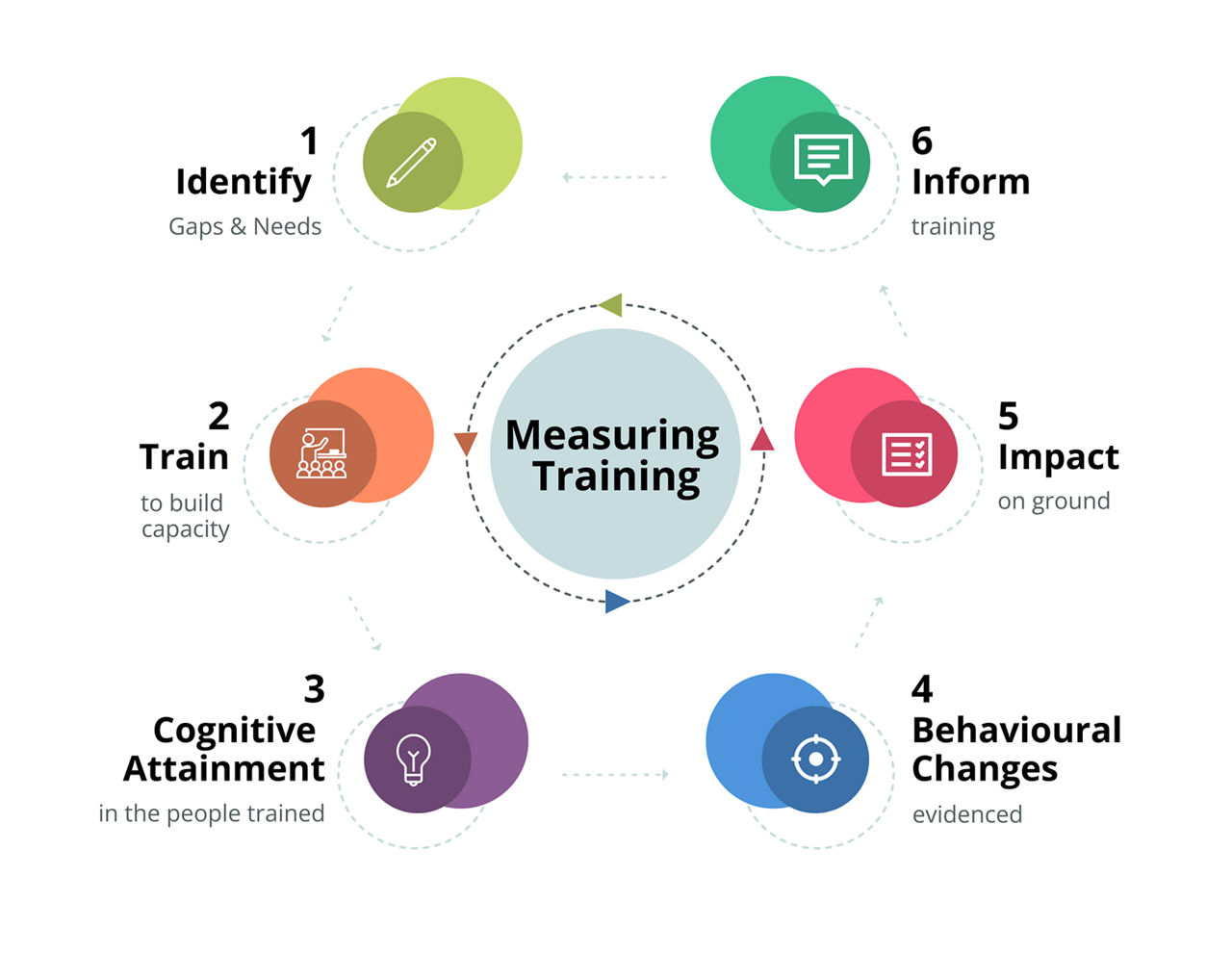Rethinking Leadership in the Public Sector
In India, public sector leadership and the whole expansive understanding of public itself has evolved over time.
Dr Ramaswamy Balasubramaniam, Member - HR Capacity Building Commission and Deepa Mani, Professor of Information Systems and Deputy Dean – Digital Initiatives and Executive Education, Indian School of Business discuss public sector leadership in India, its evolution, the need for reform and the initiatives taken towards becoming future-ready.
This brief is part of ISB’s Business and Policy Dialogue series.
“When we say we want more leadership in the public sector, what we are really looking for is people who will promote institutional adaptations in the public interest. Leadership in this sense is not value-neutral. It is a positive espousal of the need to promote certain fundamental values that can be called public-spiritedness” - OECD Report, Public Sector Leadership for 21st Century
Evolution of Public Sector Governance in the Indian Context
In India, public sector leadership and the whole expansive understanding of public itself has evolved over time. Independent India inherited a civil service and a public sector leadership trained for a different purpose. The state had a mandate to provide because, India was then, a severely resource constrained economy. Public sector leadership, in turn, focussed on providing efficiently and effectively.
In the 90s, when the Government brought about reforms in the form of liberalisation, privatisation and globalisation, the public sector shifted from providing to provisioning. However, while the private sector invested in human capital development to respond to the shifting needs of the nation and growth, the need for capacity building was overlooked in the public sector. It would take another decade for the sector to shed its image of providing, and learn the skills of provisioning.
Today, the national narrative is about citizen engagement in governance. It is about jan bhaagedari (people partnering). Indicative of this narrative is the shift in the role of the Indian public sector to partnering for collaborative governance.

For example, in 2020, the public sector, private sector, and civil society came together to respond to COVID. Indeed, India’s response to this crisis and the success of its vaccination was an outcome of a collaborative, multi-party ecosystem that reflected an acknowledgment that the State may not have all the answers, and needs to be open and willing to co-own a problem and co-generate the solution with other stakeholders in society.
Collaborative governance emphasises public spiritedness and citizen centricity in delivery of public services. The demand for transparency and accountability by citizens, further amplified by emerging technologies and a maturing and articulate democracy, only amplifies this need. All of which require public sector leadership to be redesigned for a new world.
When one is providing, there is a need for everyone to follow. In turn, public sector leadership calls for compliance. But now, as the Government moves away from a follower mindset to one of collaboration, purpose-driven leadership that inspires workers to commit to public spiritedness become important as do the instruments affecting that shift in mindset.
Mission Karmayogi and the Capacity Building Commission
To facilitate the shift in public governance, and create a public sector leadership rooted in the Indian ethos, the Capacity Building Commission under Mission Karmayogi was created.
Drawing on Swami Vivekananda’s teachings on what he calls the two national ideals of India - seva (service) and tyaga (sacrifice), and the essential civilisational ethos of India, that is service, Mission Karmayogi was developed. It is a uniquely Indian, integrated, and comprehensive, solution framework to make the public sector future ready. In the Prime Minister's words, ‘it is a shift in mindsets, from a rule-based approach to a role-based approach.
“Mission Karmayogi is a new experiment of its kind, in the direction of capacity building. Through this mission, Government employees have to modernise their thinking, approach and improve their skill set. It is to give them an opportunity to become a Karmayogi.. “ - PM Shri Narendra Modi
Essentially, the Government is redefining the seva bhava. Even redefining ‘public’. From the narrow description of people drawing their salaries from public taxation revenues, to everyone who is of this country, and must be endowed with progress. Every citizen of this nation is part of this fascinating public discourse and an expanding Team India.
Every individual who joins public service, does so, because he is motivated to contribute to the nation. The primary task of the Capacity Building Commission is to discover the channels and mechanisms to ignite and sustain this motivation throughout their career. However, being motivated does not necessarily imply the ability to deliver in every assigned role. S(he) also needs to be empowered with the skills needed for the role. So, the commission also looks at the means in public sector leadership to deliver in a role. It also needs to understand the future of work itself. How public sector work will look like in a year, in three years, in five years. What the skillsets of the future will be. To then align this understanding to the national aspirations set by the Prime Minister, be it the goals of Atma Nirbhar Bharat or that of a $5 trillion economy.
The commission is working on this mandate of developing future ready leaders in the public sector, by building capacities at an individual, institutional and ministry level, through capacity building units embedded in each ministry.
The Government is tapping into multiple channels to enable this, including its vast network of Central Training Institutes, knowledge partners such as ISB and other third party institutions. It has also set up an online capacity building, iGOT that leverages technology to scale capacity building efforts. iGOT is an exclusive Section 8 company that has just been created. It will soon be rolled out with six different hubs, including a competency hub and a career hub that will simplify the process of finding the right learning intervention for the right role at the right time. It will possibly be the world's largest learning management system integrated into a Government platform.
This Government initiative to affect change, is an anytime, anywhere, any instrument, any person learning space. And to create contextually relevant training material, the Government is collaborating with leading universities and institutions of the country to build a network of Knowledge Partners, of which ISB is a canonical example.
“This is a comprehensive reform of the capacity building apparatus at individual, institutional and process levels for efficient public service delivery” - Union Minister Dr Jitendra Singh
While the need for capacity building is identified and addressed, it is also very important for it to be done holistically, across multiple levels of leadership.

To build capacities at all three levels of leadership – strategic, team and functional, is important, as these leaders will be the primary drivers of change, getting people to commit and adapt to the cause of reform. Which is why, the focus area of the commission is not just the 30,000 Group A officers but the 3.1 million public sector employees, who also include Group B and Group C officers.
Citizen Centric Impact
In the traditional sense, the pay-off on any training efforts, capacity building initiatives can be measured through the observed behavioural changes, actions and outcomes. But India is a complex country, very diverse, and heterogeneous. Therefore, the true impact of any public sector initiative can only be measured in terms of the difference it has made to citizens’ lives.

You cannot improve what you cannot measure. From design to delivery, all aspects of a programme need to be measured continuously, and the evidence then used to inform training. Which is why, measuring the on-ground impact is critical to improving design of learning interventions and building
Capacity building to redefine public sector leadership, is not only complex, but also dynamic and evolving. It cannot be a one-time effort or at a singular point in time. It must be continuous. It calls for nuanced and refined instruments. It calls for a collaborative ecosystem. The way forward is to redefine the partnership between Government and academia, giving India’s higher education institutions a new purpose. One that capitalises on the thought leadership embedded in these centres of learning to create impact across broad sections of society that they are embedded in.




